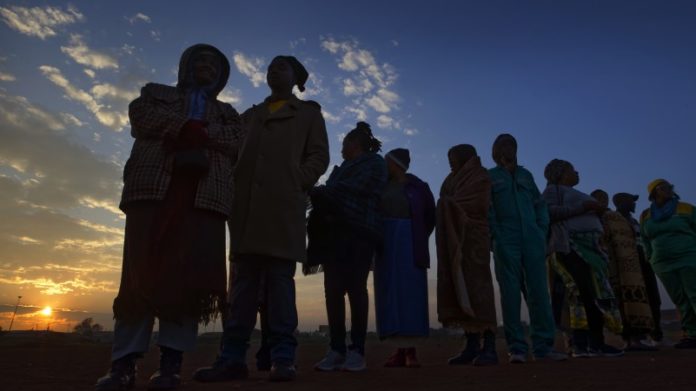
WOMEN comprise 51% of the country’s population but only 12% of mining sector employment. It’s a big miss this hasn’t been addressed purposefully, especially considering the economic benefits of equitable gender employment have long been known.
McKinsey & Co said in a report five years ago that on a full potential scenario in which women participate in the world economy identically to men it would add up to $28 trillion in value, about 26% of annual GDP in 2025.
A more recent study by Accenture in 2019 focusing on South Africa found that inclusion of women could “unlock” R319bn for the economy.
What’s interesting about Accenture’s study is that it indicates South Africa’s mining sector is behind the curve, which in terms of social transformation is rarely the case. (Although, in mitigation, women were historically not permitted by law to work underground).
Overall, the country’s women accounted for 43.8% of total national employment in the second quarter of 2018. South Africa, in fact, it ranked 19th in the world out of 149 countries assessed for gender equality in the World Economic Forum’s Global Gender Report in 2018. Why then is mining trailing other sectors in gender equality?
The obvious conclusion is the physical nature of mining, especially labour-intensive, underground activities. But according to Anglo American South Africa chairperson, Nolitha Fakude, who has been appointed chair of the Women in Mining Leadership Forum, women are leaving mining recognising perhaps limited opportunity.
That’s an indictment of mining firms, and may point to branch and root bias against women. It also seems odd that women don’t have more positions in mining where ‘heavy lifting’ isn’t a primary part of job description.
Platitudes, you may say: much of this information is well known, and documented. It’s not often, though, that mining CEOs acknowledge it in their own companies.
Neal Froneman, CEO of Sibanye-Stillwater, thinks more needs to be done by men. “I intend we will not be stumbling blocks,” he said of his and his (male) colleagues’ roles in helping transform the workplace. “We quite like the idea at a general level (of gender equality), but we don’t make it easy.
“We allow women to do the heavy lifting and then raise an eyebrow when they experience challenges,” he said.
Sibanye-Stillwater has targeted a doubling of female employees by 2025 and 40% to 50% over time in line with a similar target being rolled out by the Minerals Council which is behind the Women in Mining Leadership Forum.
These are admittedly micro-steps, but steps nonetheless. There is evidence that mining firms are meaningfully doing more: Kumba Iron Ore’s drilling contractor, Rosond, recently employed its first all women team to look for new iron ore reserves in the Northern Cape.
The Minerals Council is promising an update on gender workplace equality every August in an effort to improve accountability. Its Women in Mining Task Team is also working towards seven key foundational measures which it hopes to see in place by the end of 2020.











